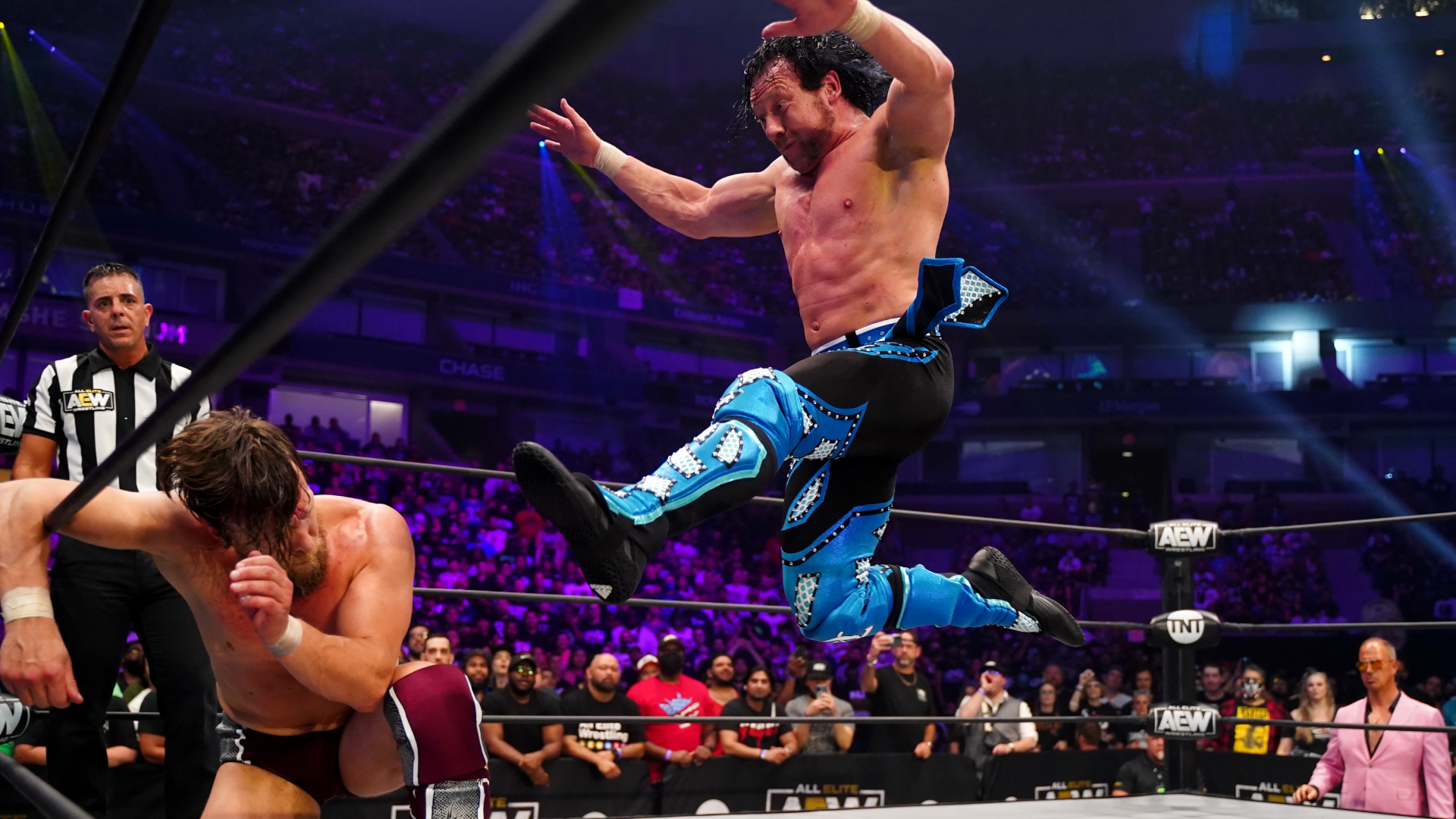World Wrestling Entertainment, better known as WWE, formerly known as the World Wrestling Federation, or WWF, has had a stranglehold on the world of pro wrestling entertainment since my parents were children. However, their days of monopolizing the industry may be coming to an end.
The WWE has been threatened by the rise of a fresh new competitor, All Elite Wrestling, better known as AEW. The company has been gaining rapid traction since they were founded in 2019. What gives them an edge over their older rival, and why are swaths of WWE superstars flooding to the new upstart?
Let’s start by addressing how we got to this point. WWE has gone through many phases in its storied history. At their peak in the late 90s and early 00s, their flagship show, Monday Night RAW, was must-see television. It was edgy, over-the-top and impossible to look away from. Characters like The Rock, Stone Cold Steve Austin, Shawn Michaels and The Undertaker were staples, not just within the wrestling world, but in pop culture at large.
In 2008, WWE became a PG show as opposed to its initial TV-14 rating. They toned down their more controversial aspects and tried to make their brand much more family-friendly. This was highly polarizing, causing them to lose many of their fans who weren’t interested in a watered-down version of the show they had loved.
As their last staple characters grew older and moved away from the company, like John Cena, CM Punk, Brock Lesnar, and Rey Mysterio, they also failed to develop new characters that audiences could connect to.
All of this to say, by the time 2019 rolled around, WWE’s ratings had been rapidly declining for over a decade, leaving space for a rival company to really give them a run for their money. That’s when AEW struck at the perfect moment.
The biggest draw of the new show was their TV-14 rating. Another massive appeal was how they emphasized a quicker pace throughout, spending less time on extensive promos and shenanigans outside of the wrestling itself.
They also did an incredible job of bringing in talent. On one hand, they signed countless established stars who had worked for WWE, like Cody Rhodes, Sting, Chris Jericho, Christian, the late Brodie Lee– who went by Luke Harper, Bryan Danielson– who went by Daniel Bryan, Jon Moxley– who went by Dean Ambrose, Adam Copeland– who went by Edge, and countless others. However, they also took the time to develop a wave of new fan favorites like Darby Allin, Orange Cassidy, MJF and tag-team members The Butcher and The Blade.
The reason they’ve had so much success in getting WWE stars to jump ship is that they emphasize the importance of technicality within wrestling, as well as giving them significantly more creative control over their characters and storylines.
Last August, AEW’s All In pay-per-view event made history, dethroning WWE’s Wrestlemania 32 by taking the record for the most attended paid wrestling event of all time. They haven’t quite been able to surpass WWE’s weekly ratings just yet, but give them time. With the momentum they’ve been gaining, combined with the discontent amongst the fans and wrestlers surrounding WWE, it seems to be inevitable— unless WWE tries something drastic to reinvigorate its brand.


